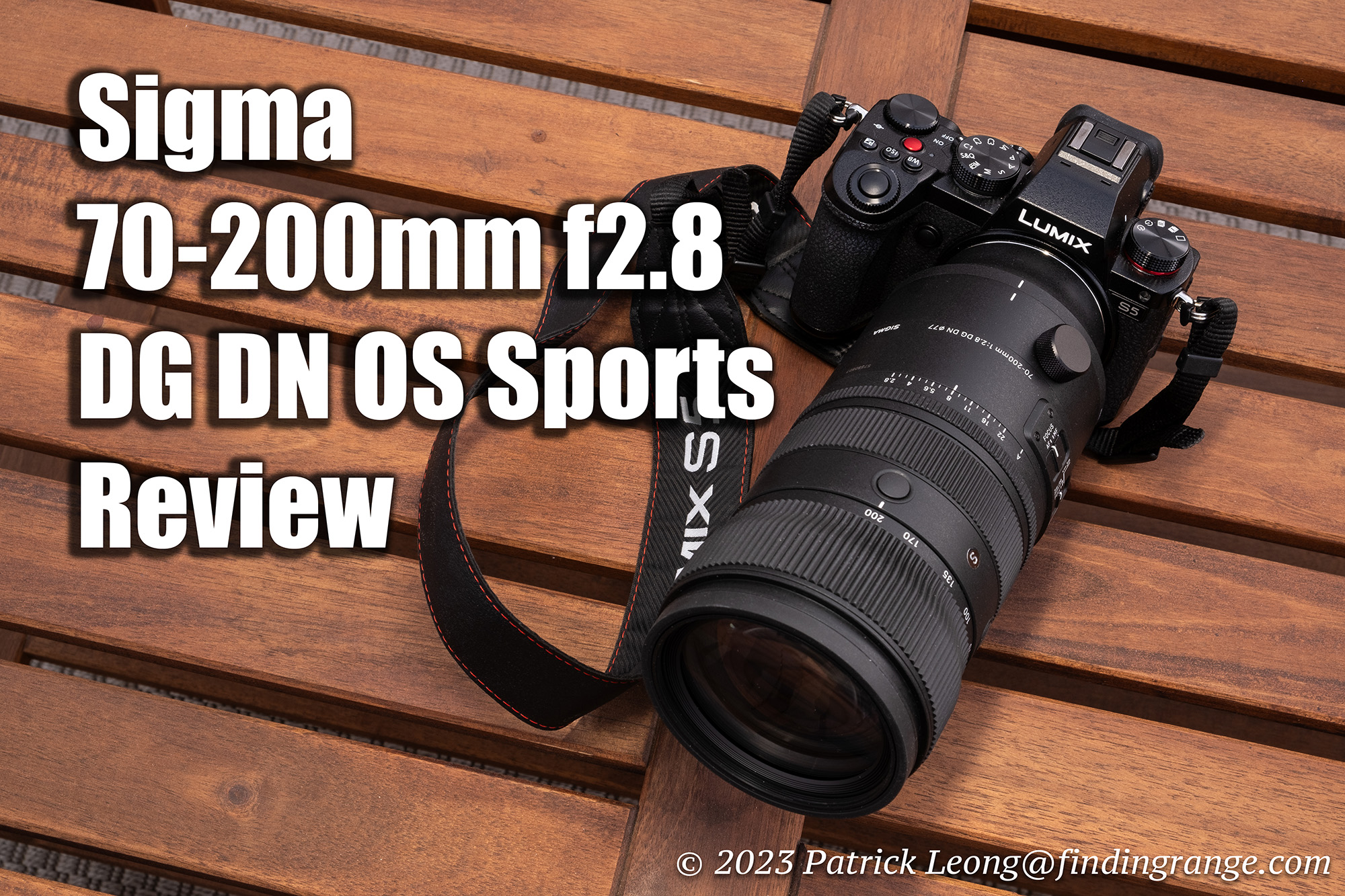Sigma 70-200mm f2.8 DG DN OS Sports Review:
A 70-200mm f2.8 is one of the most important lenses out there because the focal length range, and constant aperture make it extremely versatile: it can be used for weddings, portraits, sports to wildlife, and even cityscape. To say it’s crucial to many photographers’ kits might even be an understatement. It makes sense for lens manufacturers to invest the proper time in designing a decent lens in this range, and with that said, Sigma has recently announced the 70-200mm f2.8 DG DN OS Sports. Thanks to them, I was able to get a pre-launch sample in L mount to test. Here are my thoughts.
Thanks for taking the time to read my review! If it helped, please consider purchasing from any of the links mentioned in this post, which in turn, helps support this site. I get a small commission but it will not cost you anything extra. Thank you!
Sigma 70-200mm f2.8 DG DN OS Sports Build Quality:
A lens like this isn’t just going to be used by serious amateur photographers, it is also an essential lens for many professionals. Therefore, build quality needs to be up to par, and this is definitely one area where the 70-200mm f2.8 DG DN OS Sports does not disappoint. In other words, the build is excellent.
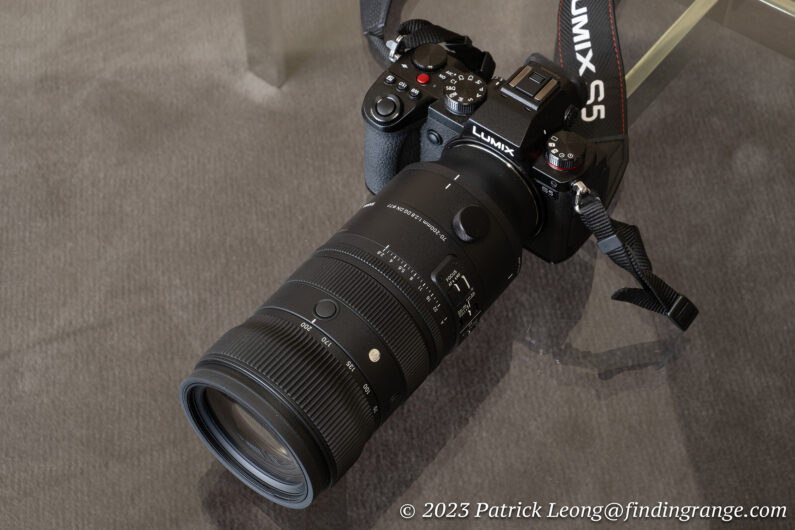
↑ The Sigma 70-200mm f2.8 DG DN OS Sports mounted on the Panasonic Lumix S5.
It starts off with the barrel being constructed of multiple materials like magnesium, CFRP (carbon fiber-reinforced plastic), and TSC, which result in a lens that feels very solid, and rigid in the hands. There are no creaks, rattles or any signs of inferior quality here. All the parts fit beautifully together. Features like the zoom, and focus ring are very smooth in operation. This is also the first Sigma DN zoom lens to be equipped with an aperture ring, which is a fantastic feature. Of course, being that this lens is made for professional use, the structure is dust and splash resistant. There’s also a water, and oil repellent coating as well.
The features don’t stop there though. For one, the aperture ring can be made click-free with the aperture ring click switch, which is great for video. There’s also an aperture ring lock switch, and the TS-151 Tripod Socket (Removable Lens Foot Type), which is smaller, and lighter than conventional tripod sockets to better go with the lightweight body of the lens. It features a 90-degree click mechanism on the ring section. There are also three AFL buttons, a Focus Limiter switch, a Custom Mode switch, and an OS (optical stabilization) switch (Mode 1/2). Speaking of stabilization, the lens is able to achieve 7.5 stops of stabilization at the wide end, and 5.5 stops at the tele end, which is a big improvement over the previous Sigma 70-200mm F2.8 DG OS HSM Sports (4 stops).
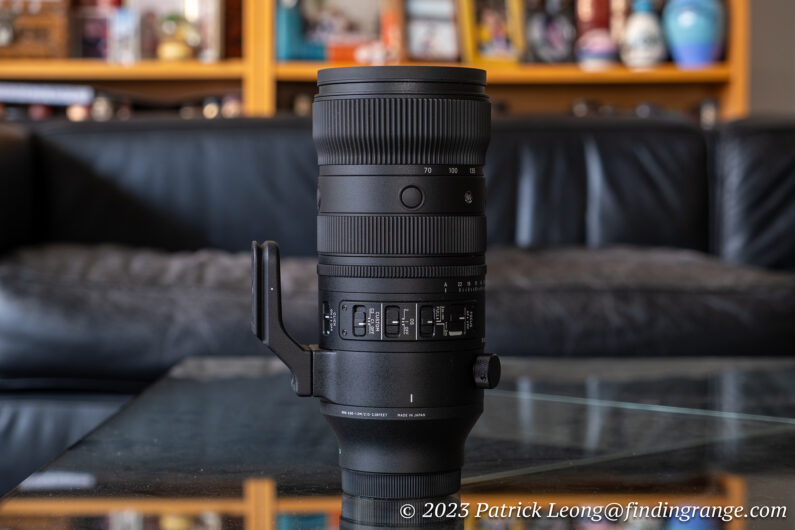
↑ Here’ are some of the features.
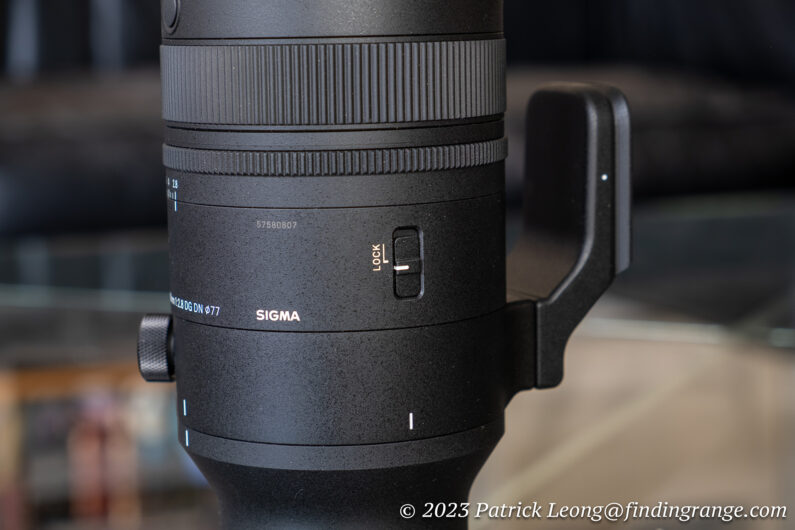
↑ More features.
As for weight and ergonomics, Sigma has gone through great lengths to make the 70-200mm f2.8 DG DN OS Sports as easy to live with as possible. It’s a 70-200mm f2.8 lens, so there are limits to reducing weight, and size but thanks in part to the materials used to make this lens, the weight is just 1,345 g for the L-Mount version. Compared to the 1,805 g 70-200mm f2.8 DG OS HSM Sports in SA mount, that is 460 g lighter. It’s also worth noting that the length of the lens does not change as you zoom. It’s a lens with an inner zoom, which actually helps with stabilization as you’re shooting because the center of gravity changes only minimally. This means it’s especially beneficial when using it hand-held, on a tripod, and even with a gimbal. The other benefit is better dust and splash resistance.
Lastly, the Sigma 70-200mm f2.8 does come with a lens hood. In addition to flare protection, it’s great at providing a little more general protection for the front element. There’s also a carrying case, and tools to remove the tripod foot.
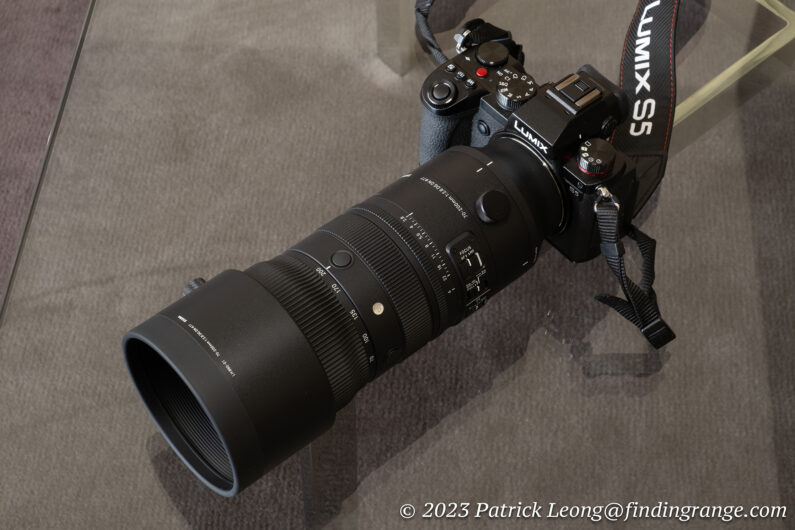
↑ A lens hood is included.
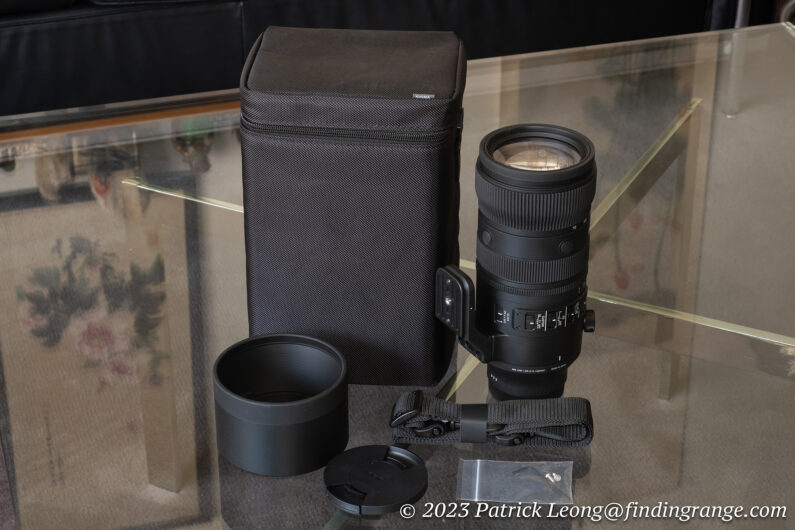
↑ Here’s what’s included.
Sigma 70-200mm f2.8 DG DN OS Sports Autofocus:
As for the autofocus, the 70-200mm f2.8 DG DN OS Sports uses an HLA (High-response Linear Actuator) as the focus actuator, and a floating focus is used to achieve high speed AF drive. Since the two focus groups in the floating configuration are driven in opposite directions, the amount of movement of each focus group is reduced by half that of a single group focus system, which results in high response and fast AF.
This all translates into autofocus that I found to be very fast, reliable, and drama free. During my time with the 70-200mm, I had no trouble capturing marathon runners to even fast moving boats at f2.8. The focus not only feels instantaneous, it is accurate. If you missed, chances are the camera wasn’t able to keep up ;). I would argue this is one of the better autofocus lenses I’ve used for L mount in general. The focus breathing on the wide, and tele end was also minimal. Overall, the autofocus performance was truly exceptional.
Sigma 70-200mm f2.8 DG DN OS Sports Image Quality:
Moving on to image quality, the Sigma 70-200mm f2.8 DG DN OS Sports definitely impresses. The image quality is also better than the previous 70-200mm F2.8 DG OS HSM Sports for DSLR cameras, which was already established as a high performing lens.
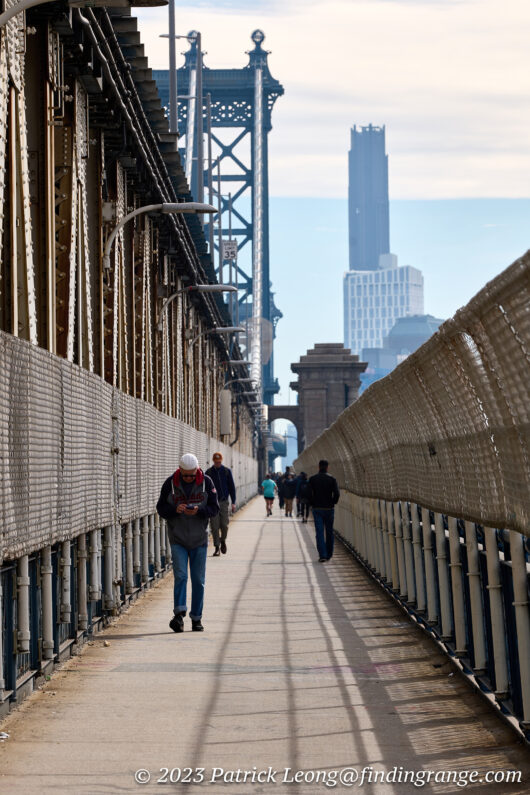
↑ This was taken with the 200mm focal length using 160 ISO and f11.
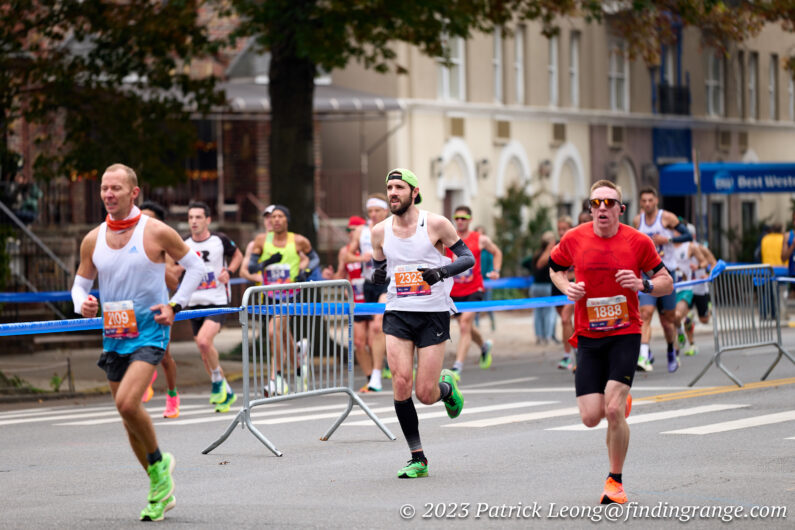
↑ This was taken with the 179mm focal length. 125 ISO and f2.8 were used. The SIgma 70-200mm has no issues focusing quickly and efficiently.
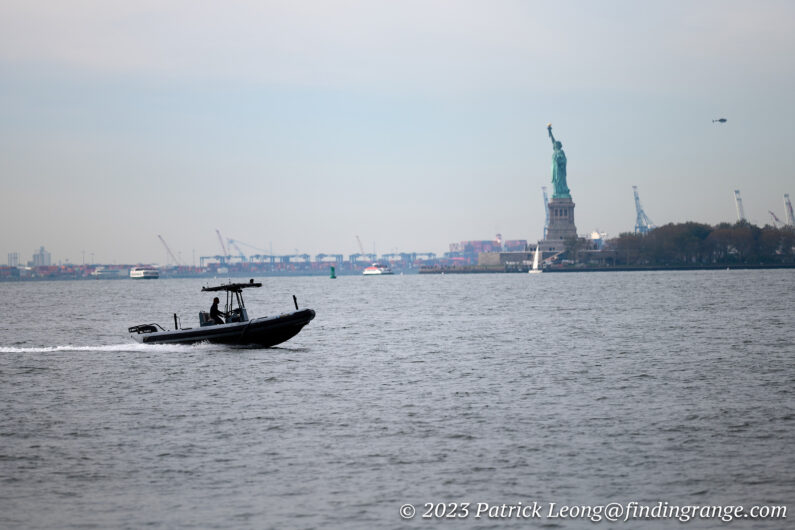
↑ Here’s another photo taken with f2.8. I used the 194mm focal length and 100 ISO. As you can see, the 70-200mm easily focused onto the fast moving boat at wide open aperture.

↑ I used the 130mm focal length here. The settings were f5.6 and 640 ISO.
Sharpness, for example, is downright excellent. The details that this lens captures is pretty incredible. I really couldn’t ask for me. This lens is tack sharp even at wide open aperture with edges, and corners performing quite well. Stopping down improves sharpness just a bit. However, feel free to use this lens throughout the aperture range because it will perform superbly. Close-up shooting performance is also improved thanks to the floating focus I mentioned earlier.

↑ Here’s a photo taken with f2.8 and 160 ISO. The focal length used was 200mm.
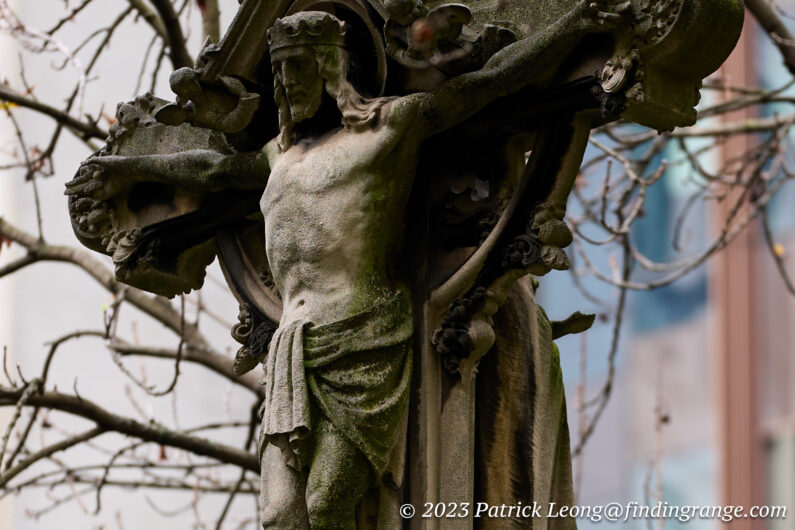
↑ Here’s 100% crop of the photo above.

↑ This was taken at f4 using the 70mm focal length, and 100 ISO.

↑ Here’s 100% crop of the photo above.
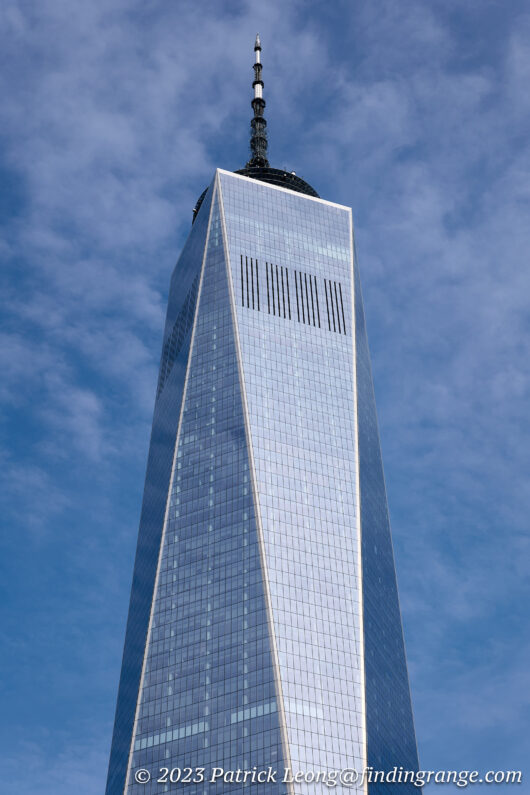
↑ Here’s one taken at f8 using the 70mm focal length, and 100 ISO.
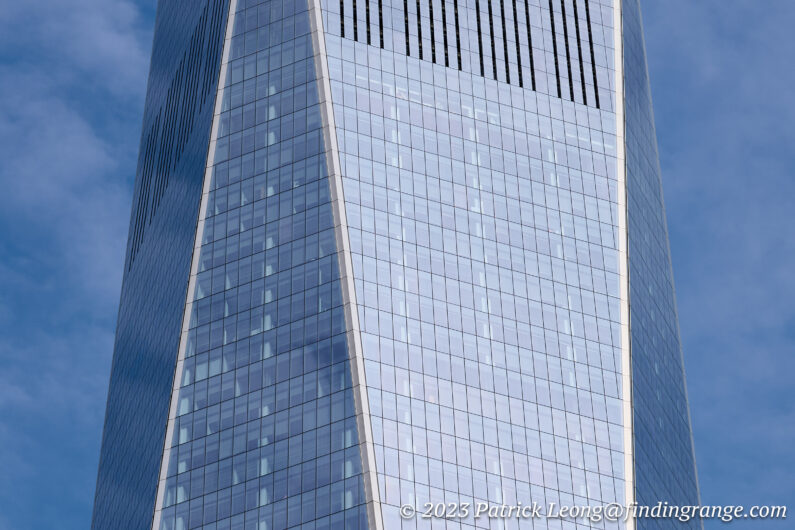
↑ Here’s 100% crop of the photo above.
Besides sharpness, there are other characteristics that just make this lens such a good buy. Color and contrast are great. Flare is kept to a mininum, and there’s such nice depth to the images. Vignetting is also well-controlled. There is a bit at wide open aperture but this is to be expected. Stopping down by just one stop reduces nearly all of it from what I’ve seen. Overall, I feel the image quality is really up there with the best.
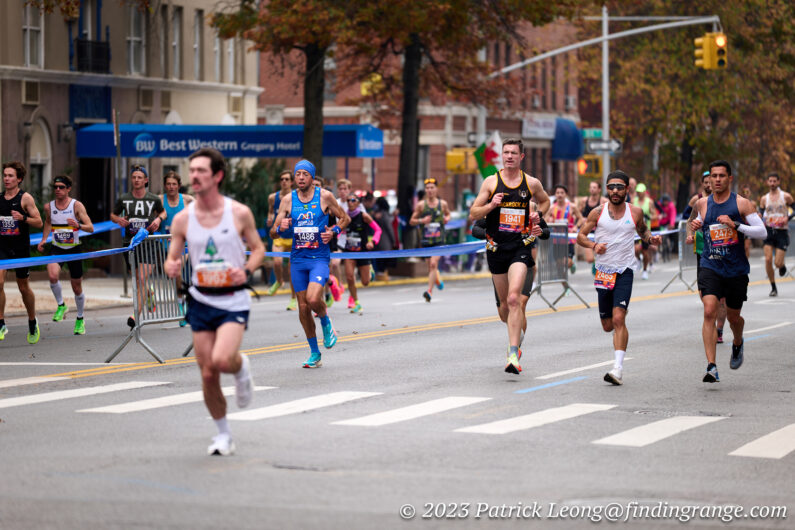
↑ This was taken with the 192mm focal length using 100 ISO, and f2.8.
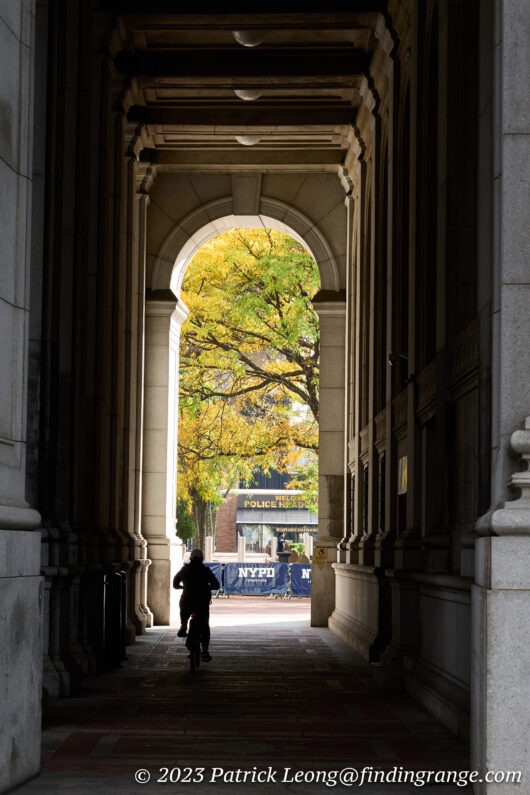
↑ Here’s a photo taken with the 70mm focal length and f11. 2000 ISO was used.

↑ This was taken with the 78mm focal length. f11 and 250 ISO was used.
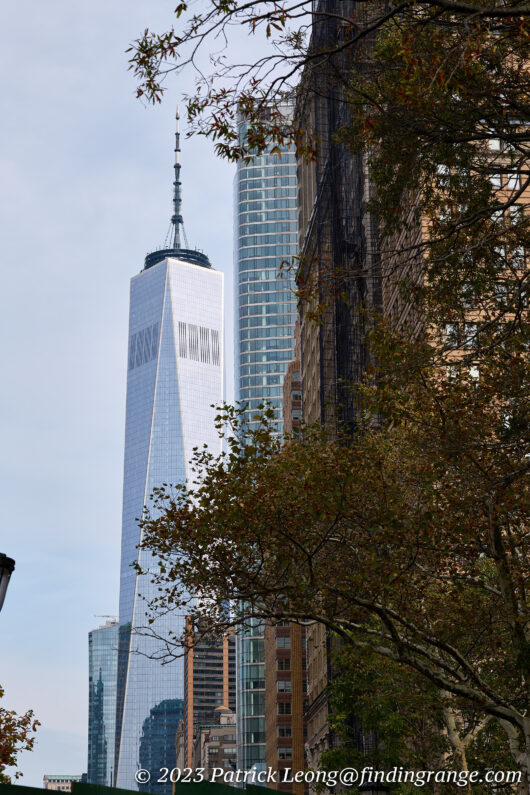
↑ I used the 74mm focal length, f8, and 100 ISO here.
Sigma 70-200mm f2.8 DG DN OS Sports Bokeh:
With a range of 70-200mm, and a constant aperture of f2.8, you can expect this lens to give you a very thin depth of field, when you need it. The 70-200mm f2.8 DG DN OS Sports is fantastic at isolating subjects, and the bokeh quality is also extremely pleasing, buttery smooth. and inviting. Sigma lenses, in my opinion, generally produce fantastic bokeh; this lens is clearly no exception. In fact, I would argue it is one of the better ones at producing beautiful bokeh. This will serve photographers very well in many situations ranging from wedding photography, boudoir to portrait photography, just to name a few.

↑ This was taken with the 136mm focal length. f2.8 and 640 ISO was used here.

↑ The 73mm focal length was used here. f2.8 and 320 ISO were the settings.

↑ Here’s a photo taken with the 97mm focal length. f2.8 and 100 ISO were used here.

↑ The bokeh is really just so smooth with this lens. The settings here were f2.8 and 100 ISO. The 73mm focal length was used here.
Pros And Cons:
Pros:
- Extremely well made.
- Optical Image Stabilization.
- Great built-in features.
- Removable tripod mount.
- Inner zoom system
- Weather, and dust resistant.
- Oil and water repellant coating.
- Excellent autofocus.
- Superb image quality.
- Beautiful bokeh.
Cons:
- It’s larger and heavier for those not used to a 70-200mm f2.8 lens.
Sigma 70-200mm f2.8 DG DN OS Sports Verdict:
Overall, the Sigma 70-200mm f2.8 DG DN OS Sports is an excellent addition to the L Mount Alliance. The qualities in the 70-200mm f2.8 really measure up to what is expected from a lens that many photographers out there consider as an indispensable zoom in their kit.
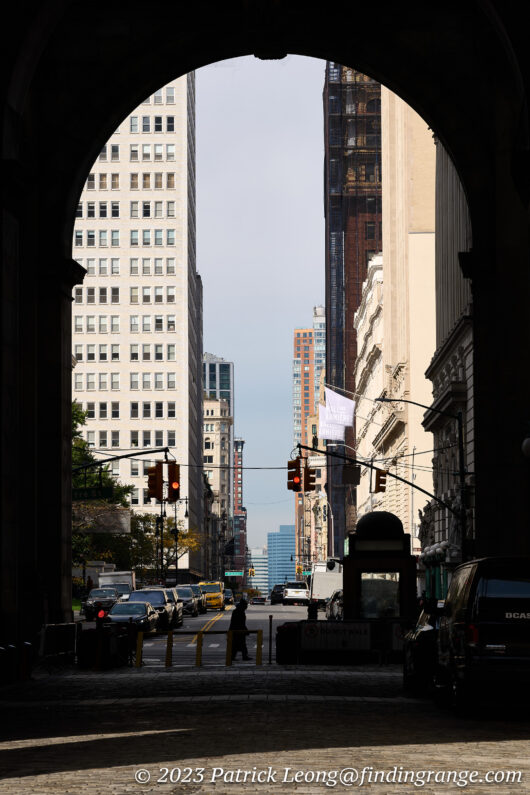
↑ I used the 115mm focal length here. f11 and 250 ISO were used as well.
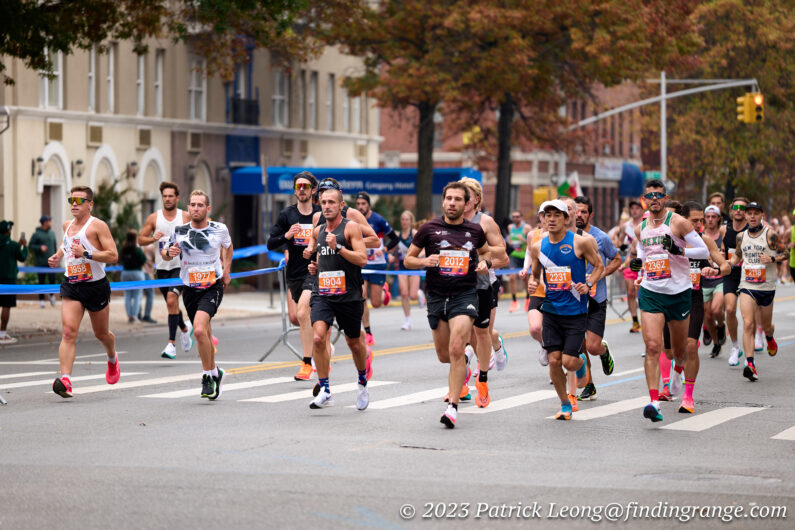
↑ Here’s another photo taken with f2.8 and 125 ISO. I had the lens set to 157mm.

↑ This was taken with 200mm. The settings were f8 and 125 ISO.

↑ Here’s a photo taken with f11 and 160 ISO. I used the 85mm focal length.
I don’t generally use a lens with this kind of range for my own work but I really enjoyed using this one. I am genuinely impressed by it. I feel Sigma knows how important a 70-200mm f2.8 is to many photographers, and basically put their all into designing this to being what they perceive as the perfect one. The build is excellent, so you know it’ll be reliable, and can handle the pressures of professional work. The lens is feature packed. The autofocus is great, and to top it all off, the image quality is superb. The price isn’t that bad either. It currently retails for $1,499, which is quite a bit cheaper than Panasonic’s Lumix S PRO 70-200mm f2.8 O.I.S. That lens retails for $2,297.99

↑ Focal length wise, the lens was set at 162mm. f8 and 400mm were the settings.
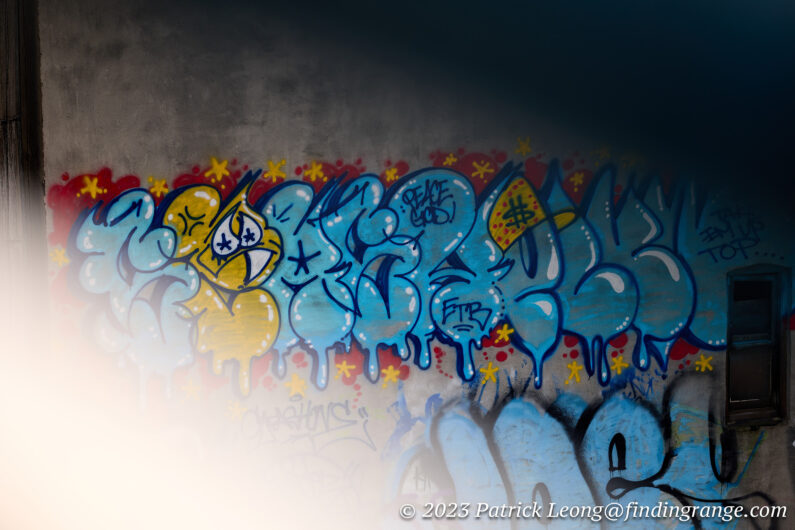
↑ The focal length here was 193mm. The settings were f2.8 and 100 ISO.

↑ This was taken using f4 and 250 ISO. The focal length here was 125mm.

↑ The focal length here was 70mm. The settings were f8 and 160 ISO.
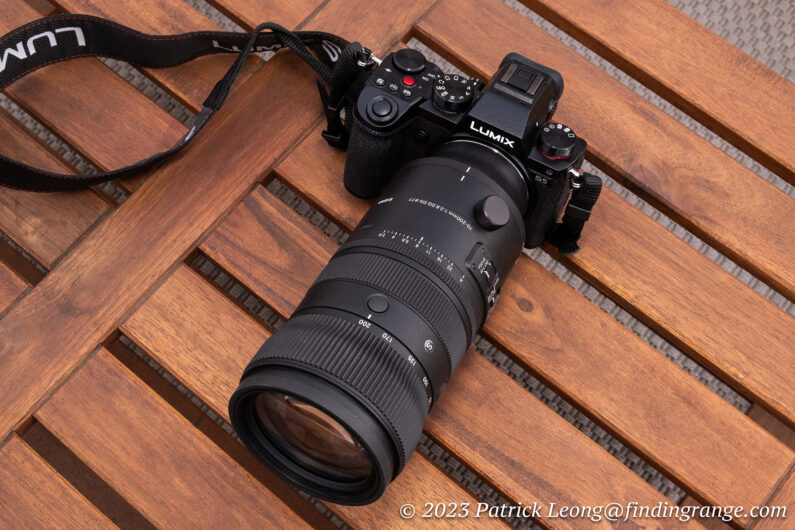
↑ Here’s one last photo of the 70-200mm f2.8 DG DN OS Sports mounted to the Panasonic Lumix S5.
So, if you’re in the market for a lens of this range with a large constant maximum aperture, the Sigma 70-200mm f2.8 DG DN OS Sports is a great option. The files it produces are wonderful, and at the same time, it’s a very easy lens to live with. Highly recommended.
Thanks for taking the time to read my review! If you’re considering purchasing the Sigma 70-200mm f2.8, and my review helped you decide, please help support this site by purchasing from the links below or any mentioned in this review. It will not cost you anything extra. Thank you for your support!
Sigma 70-200mm f2.8 DG DN Sports at B&H Photo
You can also follow me on Instagram, Facebook or Twitter

